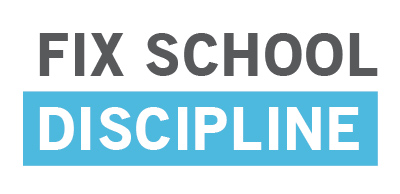Keeping kids out of court, in school
by Tani G. Cantil-Sakauye, Chief Justice of California, as seen in the Daily Journal
What should happen to a teenage girl who keeps getting into fights at school? To a 12-year-old caught selling drugs? To a boy who has run away from home 10 times?
As California’s chief justice, I know that over 50,000 times a year judges in the juvenile court system are faced with deciding how to hold children accountable when they break the law while at the same time considering the circumstances that brought them before the court. In most cases, the alleged wrongdoing is only the latest event in a child’s life that was set on a difficult and sometimes tragic path many years earlier.
Studies have found 93 percent of youth in juvenile justice custody have grown up with childhood trauma such as violence, sexual abuse and neglect. Given that exposure to trauma can impair brain development and lead to symptoms similar to post-traumatic stress disorder, it shouldn’t come as a surprise that trauma is a top predictor of school suspension, academic failure and getting in trouble with the law.
Learning about the impact of childhood trauma is important to all of us dealing with school discipline and truancy issues. Last year, I helped convene the Keeping Kids in School and Out of Court Summit, which spotlighted the problem of school discipline and attendance policies that may increase children’s risk of entering the juvenile and criminal justice system. Just a few years ago, California schools were issuing nearly 800,000 school suspensions a year, the majority unrelated to violence or drugs. Misbehavior in school often meant that overcrowded juvenile courts had to handle incidents that may be best handled by the schools themselves.

